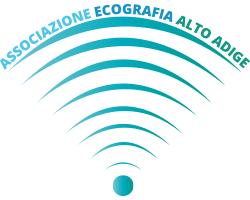COVID-19 Boosters This Fall to Include Omicron Antigen, but Questions Remain About Its Value
Probably many people who watched or participated in the June 28 virtual US Food and Drug Administration (FDA) advisory committee meeting about updating COVID-19 vaccines could agree on 1 point, made by the agency’s Peter Marks, MD, PhD: “It is science at its hardest.” The FDA convened its Vaccines and Related Biological Products Advisory Committee (VRBPAC) to discuss whether to add an Omicron component to boosters for the fall….
